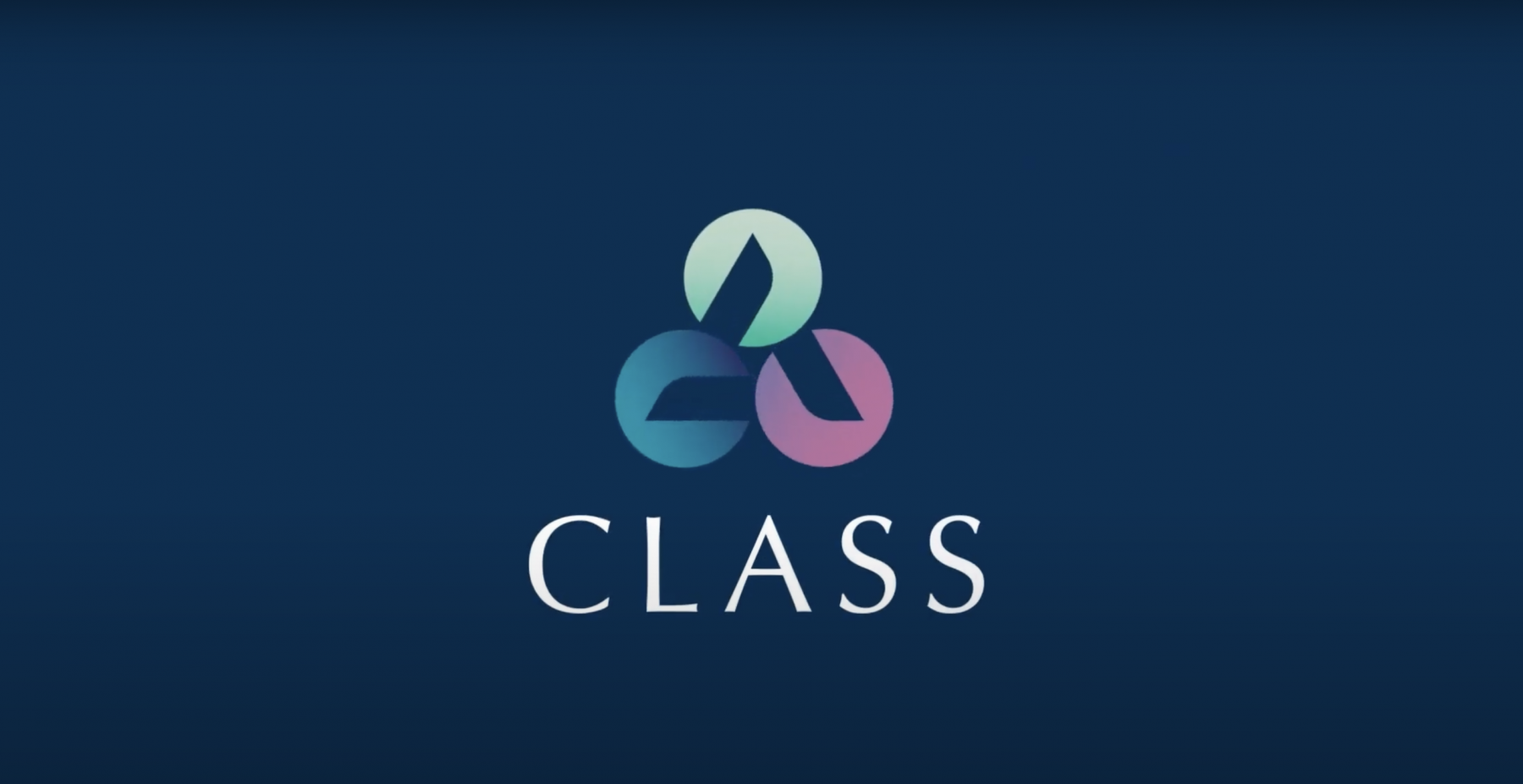If you’re an accountant managing self managed super funds (SMSFs), you’ll know that the work involved has been increasing every year. You’ll also know that the government’s super reforms have made the task even harder.
Many accountants we speak to say they feel like the proverbial frog in hot water and believe the pot is coming to a boil. Those still trying to manage SMSFs using Excel spreadsheets or outdated desktop-based software are feeling the pain most keenly.
So what can you do? By investing in a fit-for-purpose cloud based SMSF software, you can administer SMSFs more efficiently and accurately. For some, that will mean adopting specialised SMSF software for the first time. For others, it will mean moving to a cloud-based SMSF administration software solution such as Class Super.
Why change now?
If you’re unsure if the time and effort needed to move to new software outweighs the time and effort you’re spending now, here are six good reasons to make a change.
- Slash administration time. A cloud-based SMSF administration software tool enables accountants to manage everything from setup to lodgments more quickly and efficiently. The right tool is configured for SMSFs and enables most banking and trading data to be updated automatically using data feeds. It also has integrated actuarial certificates and property valuations, and provides a history of dividend, DRP information and complex corporate transactions.
- Meet new transfer balance event reporting obligations. From 1 July 2018, SMSFs must provide transfer balance account reports (TBARs) to the ATO under the transfer balance cap measures and event-based reporting framework. Many will also need to record reportable events from the 2017–18 year and file reports quarterly from 28 October 2018. In addition, financial advisers will be asking for more frequent updates on funds in order to direct their clients.
- Avoid time write-offs. The time and complexity involved in administering SMSFs is rising but clients don’t expect – or want – to pay any more for support. By moving to a streamlined software solution, accountants can provide SMSF administration within their fee estimates rather than treating it as a loss leader to retain valuable clients.
- Identify clients with obligations. It can be laborious to review funds and identify reporting obligations around a client’s transfer balance cap and total superannuation balance. Using administration software makes it easier to keep track of changes within funds.
- Limit risk. Using specialised software increases speed and reduces risk. Many accountants are tracking late with their FY17 SMSF annual returns and are relying on the ATO’s leniency. As SMSF reporting obligations become more onerous and frequent, the risk of missing deadlines and making mistakes will continue to rise.
- Improve client service and reporting. Cloud-based SMSF software enables accountants to provide a faster and more responsive service to clients. It also allows them to provide trustees and investors with 24/7 access to an up-to-date view of their investment and SMSF data from any computer or mobile device.
Finally, it’s important to note that migrating to SMSF software is not as challenging as many believe. With an experienced transitions team and dedicated implementation consultant, the process is certainly less painful than spending another year handling SMSFs without the right tools.
Learn more
To find out more, get in touch on 1300 851 057 or via sales@class.com.au.
Read our new eBook: The Ultimate Guide to Selecting and Implementing a Cloud‑based SMSF Administration Solution, written by independent consultant Dale Crosby.





